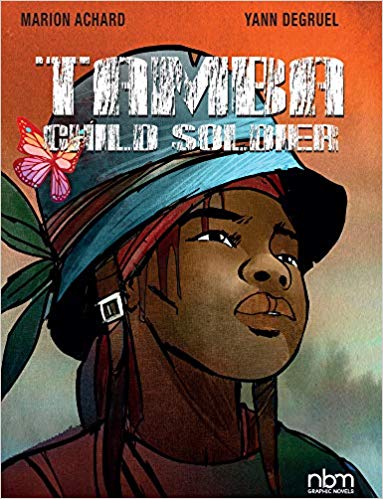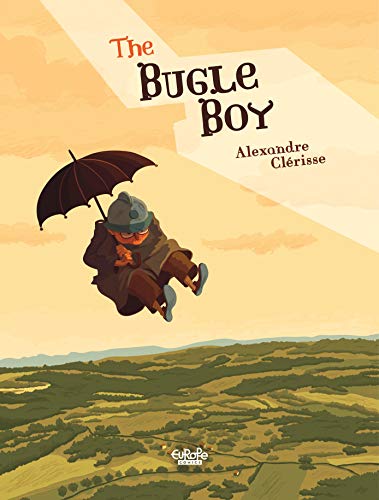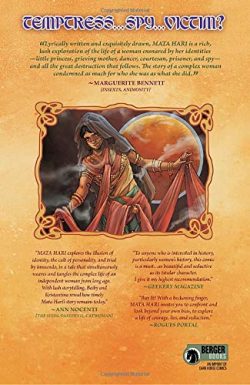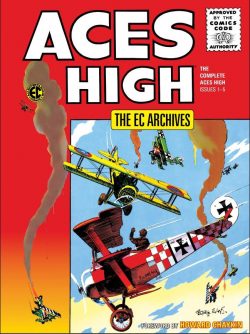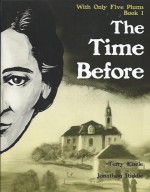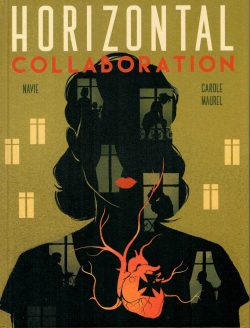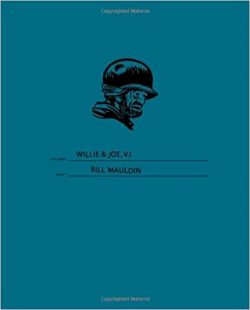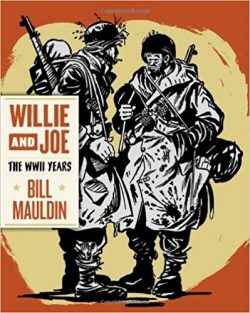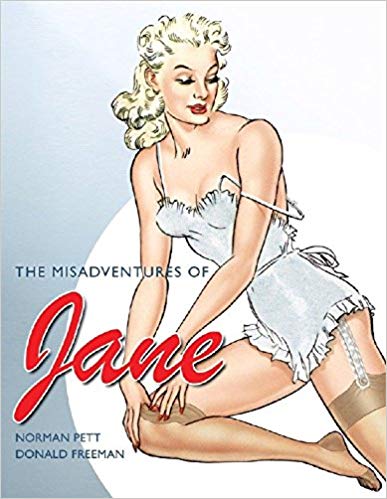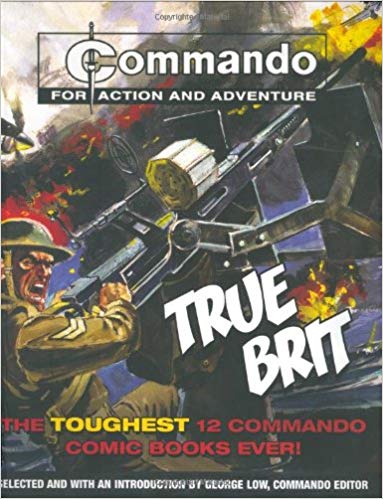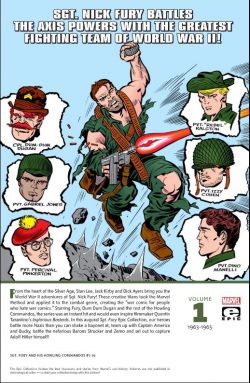
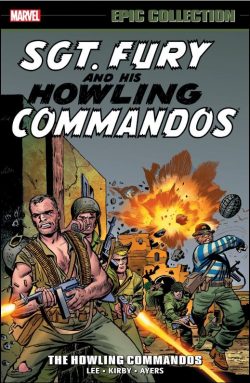
By Stan Lee, Jack Kirby & Dick Ayers, with George Roussos, Steve Ditko, Frank Giacoia, Chic Stone & various (Marvel)
ISBN: 978-1-3029-1657-2 (TPB)
Sgt. Fury and his Howling Commandos began as an improbable, decidedly over-the-top and raucous WWII combat comics series similar in tone to later ensemble action movies such as The Magnificent Seven, The Wild Bunch and The Dirty Dozen. The surly squad of sorry reprobates premiered in May 1963; one of three teams concocted by men-on-fire Jack Kirby & Stan Lee to secure fledgling Marvel’s growing position as the publisher to watch.
Two years later Fury’s post-war self was retooled as the big-name star of a second series (beginning with Strange Tales #135, August 1965) when espionage shows like The Man from U.N.C.L.E. and the 007 film franchise became global sensations.
Nick Fury, Agent of S.H.I.E.L.D. combined Cold War tensions with sinister schemes of World Domination by subversive all-encompassing hidden enemy organisations: with captivating super-science gadgetry and iconic imagineering from Jack Kirby and Jim Steranko.
For all that time, however, the original wartime version soldiered on (sorry: puns are my weapon of choice), blending a uniquely flamboyant house-bravado style and often ludicrous, implausible, historically inaccurate, all-action bombast with moments of genuine heartbreak, unbridled passion and seething emotion.
Sgt. Fury started out as a pure Kirby creation. As with all his various war comics, The King made everything look harsh and real and appalling: the people and places are all grimy and tired, battered yet indomitable.
The artist had served in some of the worst battles of the war and never forgot the horrific and heroic things he saw – and more graphically expressed in his efforts during the 1950s genre boom at a number of different companies. However, even at kid-friendly, Comics Code-sanitised Marvel, those experiences perpetually leaked through onto his powerfully gripping pages.
Kirby was – unfortunately – far too valuable a resource to squander on a simple war comic (or indeed the X-Men and Avengers: the other series launched in that tripartite blitz on kids’ spending money) and was quickly reassigned, leaving redoubtable fellow veteran Dick Ayers to illuminate later stories, which he did for almost the entire run of the series (95 issues plus Annuals) until its transition to a reprint title with #121 (July 1974).
The title then carried on until its ultimate demise in December 1981 with #167.
This initial trade paperback and eBook compendium collects the contents of Sgt. Fury and his Howling Commandos #1-19 (spanning May 1963 to June 1965) and opens – just as you’d expect – with blistering premier ‘Sgt. Fury, and his Howling Commandoes’ (that’s how they spellled it in the storree-title – altho knot ennyware else).
Crafted by Lee, Kirby and inker Dick Ayers, the rip-snorting yarn is bursting with full page panels interrupted by ‘Meet the Howling Commandos’ – a double-page spread starring the seven members of First Attack Squad; Able Company. This comprised Fury himself, former circus strongman/Corporal “Dum-Dum†Dugan and Privates Robert “Rebel†Ralston (a Kentucky jockey), former student Jonathan “Junior†Juniper, jazz trumpeter Gabriel Jones, mechanic Izzy Cohen and glamorous movie heartthrob Dino Manelli.
Controversially – even in the 1960s – this battle Rat Pack was an integrated unit with Jewish and black members as well as Catholics, Southern Baptists and New York white guys all merrily serving together. The Howling Commandos pushed envelopes and busted taboos from the very start…
The first mission was a non-stop action romp pitting ‘Seven Against the Nazis!’ and putting the squad through their unique paces as the ragged band of indomitable warriors take on hordes of square-necked Nazis to save D-Day and rescue a French resistance fighter carrying vital plans of the invasion.
They even bring back a high-ranking “kraut†prisoner and leave room for a Kirby fact-page comparing and contrasting six different side-arms of the period in ancillary feature ‘Weapons of War’…
Issue #2 found the ‘7 Doomed Men!’ up to their torn shirts in Germans as they first infiltrate a French coastal town to blow up a U-Boat base and get back to England just in time to be sent on another suicide mission. This time it’s to destroy a secret facility at Heinemund in the heart of the Fatherland, where Nazi scientists are doing something sinister and nefarious with “hard waterâ€â€¦
These overblown fustian thrillers always played fast and loose with history and logic, so if you crave veracity above all, I’d steer clear, but if you can swallow a heaping helping of creative anachronism there’s always great fun to be had here – especially since nobody drew atomic explosions like Kirby…
This drama is topped off with more fact pages as ‘The Enemy That Was!’ explores the capabilities of ‘The German Infantryman’ whilst ‘Weapons of War: “Chatter Guns†of World War II’ details everything you need to know about submachine guns…
Rough-&-ready gallows humour and broad comedy became increasingly important to the series from #3 onwards, with home base rivalries and wry comradely sparring leavening the outrageous non-stop carnage of the missions. ‘Midnight on Massacre Mountain!’ sees the septet explosively invading Italy to rescue a US army division caught in a Nazi trap. Along the way they meet a brilliant OSS officer training partisan troops, and Fury believes that young Reed Richards will go far…
Supplementing this exploit is a fascinating feature revealing what ordnance and hardware cost in ‘America’s World War II Shopping List!’
‘Lord Ha-Ha’s Last Laugh!’ in #4 began an inking tour of duty for George Bell (AKA 1950s Kirby studio-mate George “Inky†Roussos) and introduced a love interest for the Sarge, after he meets aristocratic Red Cross volunteer Lady Pamela Hawley during an air raid in London. How cruel and tragic was fate then, that the Howlers’ very next mission takes them to Berlin to kidnap a young British nobleman with the same name, acting as a crucial propaganda mouthpiece for the Wehrmacht…
The mission is a double disaster. Not only does Pamela’s ignoble brother perish, but the debacle also costs the life of a Howler…
‘Weapons of War: Combat Rifles of World War II’ then ends this shocking, surprisingly grim and low-key melodrama…
Fury’s key appearance as a CIA agent in FF #21 – not included here – was released between that issue and #5, but no mention is made of it when the dark and cunning yarn introduces one of Marvel’s vilest, greatest villains. ‘At the Mercy of Baron Strucker’ sees Fury humiliated and defeated in personal combat against an Aryan nobleman who uses candid filmed footage as a propaganda tool of the Nazis. Only too late does dashing Dino point out how the nonplussed noncom has fallen for the oldest trick in Hollywood’s archvillain playbook…
A riotous rematch goes rather better after which ‘Weapons of War: Light Machine Guns of World War II’ ends matters in a graphically educational manner, before ‘The Fangs of the Desert Fox!’ in #6 dumps the Squad in the desert to confront the massed forces of General Erwin Rommel in a mission foredoomed to fail…
‘The Court-Martial of Sergeant Fury’ provides a glimpse into the hard-bitten hero’s past and offers insights into his tempestuous relationship with immediate superior Captain Samuel “Happy Sam†Sawyer. Of course, to get that information we must watch Fury endure a dramatic trial after seemingly sabotaging a mission and striking a commanding officer…
Although continuing to draw the magnificent, eye-catching covers, Kirby left the title with this issue. His astounding abilities were more profitably employed in the superhero titles, even as Lee began consolidating the ever-expanding Marvel Universe by utilising more WWII iterations of contemporary characters.
‘The Death Ray of Baron Zemo!’ in #8 pits the Howlers against a Captain America villain recently debuted in The Avengers. Ayers & Roussos capably depict the unit’s attempts to capture the Nazi super-scientist and a weapon which might shape the outcome of the entire war. The tale also introduced Junior Juniper’s replacement: a rather fruity caricature of a British soldier named Percival Pinkerton, resplendent in horn-rimmed specs, pencil moustache, fuchsia beret and impossibly utilitarian umbrella…
In #9 the implausibly audacious ‘Mission: Capture Adolf Hitler!’ goes awry after the latest Howlers’ invasion of Berlin again brings Fury face-to-face with Wolfgang von Strucker; leading to temporary capture and an astounding escape, after which ‘On to Okinawa!’ in #10 sees the squad achieve greater success when despatched to the Pacific to rescue a captured US colonel from the Japanese.
This tale also saw the debut of a bearded bombastic submarine commander who would become a series regular before eventually winning his own title (Captain Savage and his Leatherneck Raiders) in 1967.
The pace had visibly slowed and melodramatic subplots increased by #11, with ‘The Crackdown of Capt. Flint!’ depicting Happy Sam briefly replaced by a spit-and-polish officer who soon learns the limitations of his ways after which, in #12, a raid on a V1 factory in the heart of Europe seemingly prompts Dino to join the Nazis ‘When a Howler Turns Traitor!’
It was just a pre-arranged ploy of course, but sadly nobody told the American commander, who latterly stuck the star in front of a firing squad…
This issue also included a Marvel Masterwork Pin-up of Fury by Ayers.
Sgt. Fury and his Howling Commandos #13 is arguably the best issue of the entire 167 issue run. The title says it all…
‘Fighting Side-by-Side with… Captain America and Bucky!’ reunited Lee, Kirby & Ayers in a blistering battle yarn wherein the Howlers cross paths with the masked Sentinels of Liberty after both teams stumble across a top-secret Nazi operation to build an invasion tunnel under the channel to England. To resort to the terms of the times: “Wah-Hoo!â€â€¦
Ayers was back to pencil #14 with Lee scripting and Roussos inking a minor milestone as harassed Adolf Hitler decrees the creation of a Nazi answer to Fury’s elite attack force. All ‘The Blitzkrieg Squad of Baron Strucker!’ have to do is lure the Howlers to a V2 rocket base and spring their trap… Yeah, that’s all…
Irregular supplemental feature Weapons of War provides all the gen on the ‘B-26 Martin Marauder’ to inform and entertain in equal amounts before Steve Ditko stepped in to ink Ayers in issue #15 as ‘Too Small to Fight, Too Young to Die’ relates an ill-fated mission in Holland to destroy the dykes and flood the occupation forces. The job goes drastically awry and the Howlers “flee†back to Britain with nothing but a broken-hearted boy named Hans Rooten – who has no idea that his despised quisling father is in fact the Allies’ top spy in the region…
The boy is adopted as the Howlers’ plucky mascot but can’t accompany them when the squad is despatched to Africa in #16 to eradicate yet more Nazi super-weapons in ‘A Fortress in the Desert Stands!’ (inked by Frank Giacoia using the pseudonym Frankie Ray). From there it’s only a short camel-ride south until the ragtag rovers encounter spear-wielding natives and nasty Nazis engaged in a battle of Hearts & Minds ‘While the Jungle Sleeps!’ (by Lee, Ayers & Vince Colletta).
All this time the chalk-and-cheese romantic relationship between Nick and Lady Pamela Hawley has been developing to the point where the Yankee lout is ready to propose. That all ends in #18 (with Chic Stone inks) when, as the unit is busy sinking a German battleship in a Norwegian port, she is ‘Killed in Action!’
Crushed and crazy, Fury goes AWOL in the final tale of this collection, remorselessly hunting down the leader of the bomber flight which had targeted the hospital she worked in before extracting ‘An Eye for an Eye!’ in a satisfyingly shocking Lee story sensitively rendered by Ayers & Giacoia. The Howlers go along for the ride, but whether to help their leader or hold him back is debatable…
Gilding this gladiatorial lily, the book signs off with a wealth of stunning original art pages from Kirby and Ayers, several contemporary house ads, and previous collection covers. Whereas close rival DC increasingly abandoned the Death or Glory bombast at this time in favour of humanistic, almost anti-war explorations of war and soldiering, Marvel’s take always favoured action-entertainment and fantasy over soul-searching for ultimate truths. On that level at least, these early epics are stunningly effective and galvanically powerful exhibitions of the genre.
Just don’t use them for history homework.
© 1963, 1964, 1965, 2019 Marvel All rights reserved.
